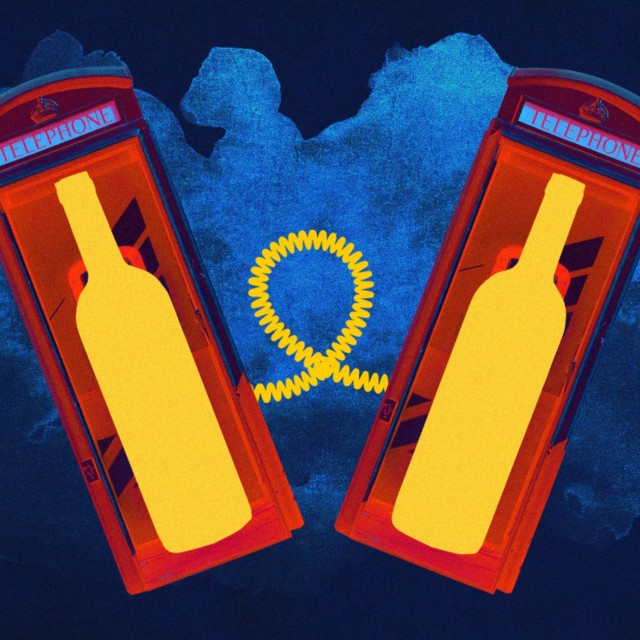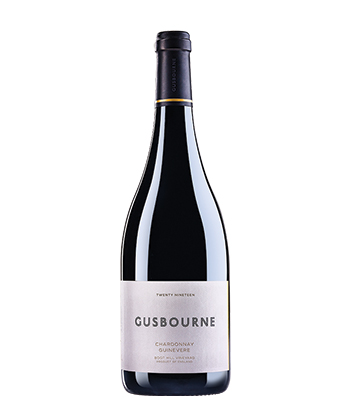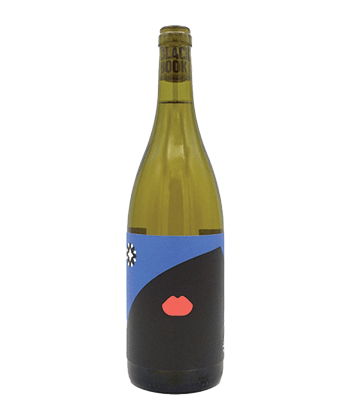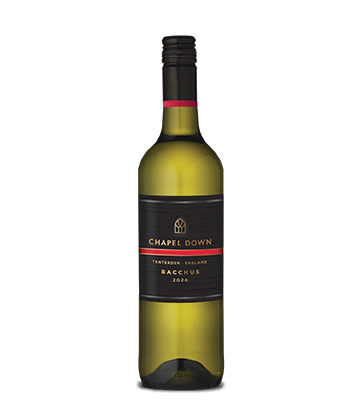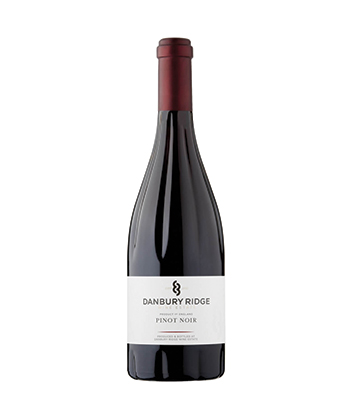English still wine is not a new category. Sure, its more bubbly sister may be increasingly popular here in the States, but the still counterpart is beginning to gain momentum among consumers in the U.K. — and it may soon just be riding on the coattails of its seemingly sexier sibling across the pond.
In June 2021, Majestic Wines — one of the U.K.’s largest wine retailers — noted a 99 percent rise in English still wines sales over the course of the last year, with a whopping 200 percent growth in rosés alone. It’s been a long time coming. Successful viticulture in the U.K. started around the mid-11th century, but it hasn’t been until the last couple of years that English consumers, critics, and journalists have started to pay attention.
When it comes to styles and grape varieties, English Pinot Noirs, Chardonnays, and Bacchus — from East Sussex in the south, up to Yorkshire in the north — are being recognized around the country for their quality, complexity, and ability to showcase vineyards’ characterizing microclimates. And natural wines? But, of course. Finally, English still wines are on the map — albeit mainly domestically. So who’s paving the way for the English still wine market? And which winemakers should you be looking out for?
The ideal conditions
While England may not be known for its sunny climes, a slew of exceptionally hot summers over the last 20 years and counting has led to a growing popularity in a lot of its wineries’ stills. In Battersea, London, Blackbook urban winery’s founders and winemakers Sergio and Lynsey Verrillo have been producing predominantly still wines since 2017 from grapes grown in vineyards such as those from Essex, Surrey and Norfolk — including the much-lauded Pygmalion Chardonnay, I’d Rather be a Rebel Rosé, and Sea of Love Pinot Blanc. Its 2018 Chardonnay was heralded by oenophiles due to that year’s hot summer. And though not one for comparisons, Sergio Verillo sees the link between his Chardonnays and lighter styles of Chablis: “Our Chardonnays are very reminiscent of light Chablis — as much as I hate to compare. We use new oak and longer aging on lees, meaning you have a Chablis-esque style of wine. We really strive to keep that freshness and acidity.”
Meanwhile, soils on which Gusbourne Estate in Kent plants its vines have all the trademarks of those in Burgundy — with the land also at a low altitude and close to the sea. When owner Andrew Weeber decided to start planting vines in 2004, it was in fact with sparkling wine in mind — choosing Burgundian and Champagne clones more traditionally suited to sparkling production.
Now, the winery also produces its Gusbourne Pinot Noir and Chardonnay Guinevere. “In England, we don’t have the climate to produce big, bold styles, but we can produce lighter, perfumed wines,” says head winemaker Charlie Holland. Holland goes on to explain that, in order to produce a richer style, the wines are all fermented and aged in oak to add body, weight, and texture. As the climate in Burgundy changes to make its style of wine richer, riper, and weightier, its cooler English cousins add a slight touch of natural freshness.
North of London, Essex’s Chelmsford and Danbury Estate, which planted its first vines in 2014, has made a name for itself for producing exceptional Chardonnays and Pinot Noirs. The estate’s mesoclimate means that the Chardonnays it produces “are much more reflective of the immediate environment and we get tremendous ripeness, with a combo of tropical character and the flavors brought out by the acidity” with sand and gravel-heavy soil, and woodland cover, says Danbury’s viti/vini consultant John Atkinson.
Changing the game
It has taken a while for the English drinks press to put its support behind English still wine. “The attitude of the English press has really changed over the last seven or eight years, from knockers to supporters,” says Atkinson, who recently put his wines in front of trade experts with a broad experience of Chardonnay and Pinot Noir from other countries and unequivocally impressed them. Indeed, Atkinson recalls one of the world’s most revered wine experts Jancis Robinson, tweeting that Danbury Ridge has done for English still wine what Nyetimber did for English sparkling. An accolade indeed.
Verrillo agrees that even in the short time Blackbook has been making still wine, the perception of it has changed drastically. “We’ve had some great vintages in the past four years and been able to produce still wines that critics and sommeliers are heavily on board with,” he explains.
At the end of the day, for Holland, it’s all about challenge and certainty of success. With Gusbourne’s specific microclimate and soils, it’s a case of knowing the conditions in which these exceptional years for still wine production will happen. Only when those grapes are at their optimum ripeness do they decide to make their wines.
Time will tell
Though the category is booming across the pond, it will be a little while yet until U.S. wine lovers start seeing it regularly on wine lists or on supermarket shelves. A large part of that has to do with volume, says Verrillo; where English sparkling and has had a 15-year head start in its positive PR push, the country’s still wines have a way to catch up. With that knowledge, Verrillo is now preparing to embark on a trip Stateside, taking over some of Blackbook’s vintages to test the American waters.
Holland agrees that volume is an issue — along with the fact that “English still wines were previously made with obscure Germanic-sounding crosses,” such as Ortega, a cross between Müller-Thurgau and Siegerrebe, which has been eclipsed by Chardonnay, Pinot Noir, and Bacchus. The fact that these varieties are not as recognizable to English wine drinkers, he says, “didn’t help.” That said, the market for still wine is growing in the U.K. And as more English stills win awards on an international level, Holland believes people will start paying attention.
For Atkinson, it’s all about the scope of the international wine stage: While sparkling wine might be a big market in the U.K., internationally, it’s the still wine (predominantly red) market where winemakers most often earn their stripes. “It’s like, Canadians may say they produce the best ice wine in the world, but football is the international game, ice hockey isn’t. Still wine is the international game,” says Atkinson. Indeed, a couple of importers are already interested in Danbury’s stills and the team is looking at the East and West Coasts of the States as potential good market fits in the next few years.
Want to be ahead of the curve? Here are four English still wines available in the U.S. to try before the category goes mainstream.
4 English Still Wines to Try
Gusbourne Chardonnay Guinevere 2019 ($40)
Cool climate and barrel aging bring this Chardonnay its medium body and sophisticated character. Bright citrus, lemon balm, and green apple make it the ideal summer sipper and a true representation of this highly respected vineyard.
Blackbook Sea of Love Pinot Blanc 2020 ($27)
A new variety to the winery’s range, this Pinot Blanc is made with Essex grapes that are matured in Burgundy barrels for seven months with lees stirring. Textured and structured, there are notes of lemon and lime zest, white peach, flowers, and subtle spices from the barrels.
Chapel Down Bacchus 2020 ($98)
Made from 100 percent Bacchus grapes from Essex, Kent, and East Sussex, this still from the famous estate is all green apple, grapefruit, and melon on the nose, with more citrus coming through on the palate. It’s a real example of English wine’s freshness.
Danbury Ridge Pinot Noir 2018 ($47)
This fan favorite is the first Pinot Noir from the Bunker family’s estate. Black cherry, plum, and spices shine through with soft tannins and a lasting finish. If you want something that is a true expression of its surroundings, this is it.
